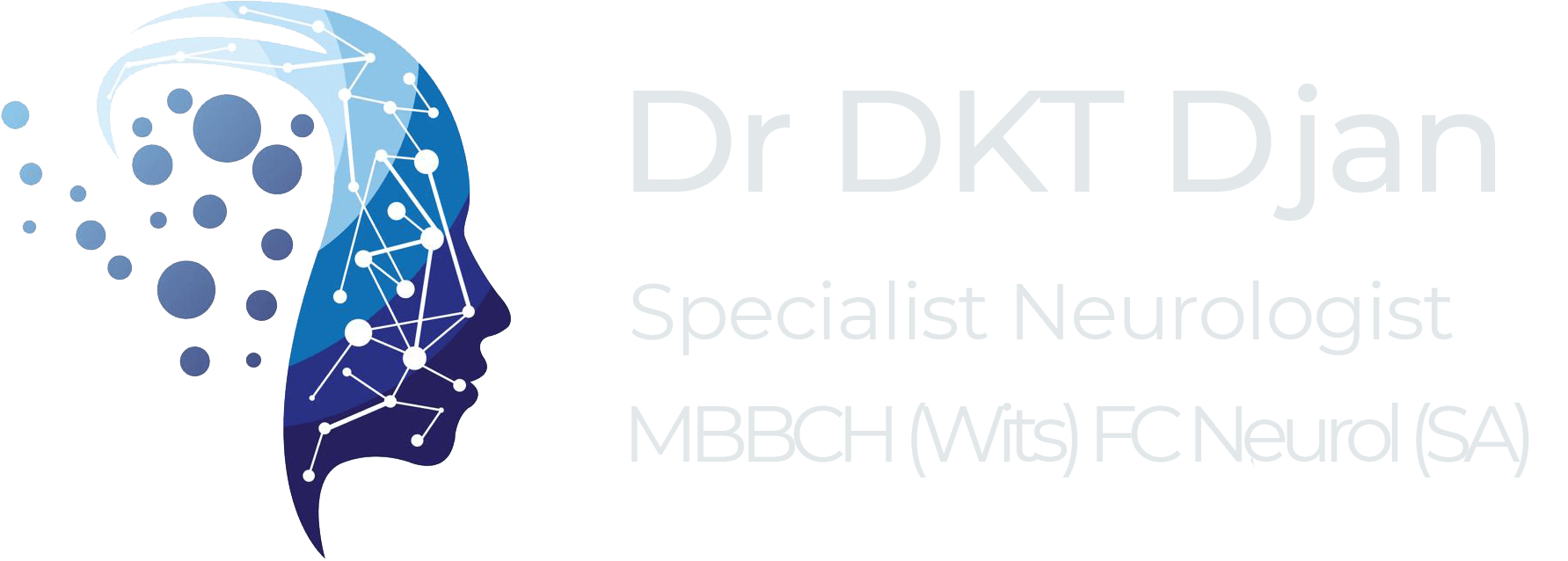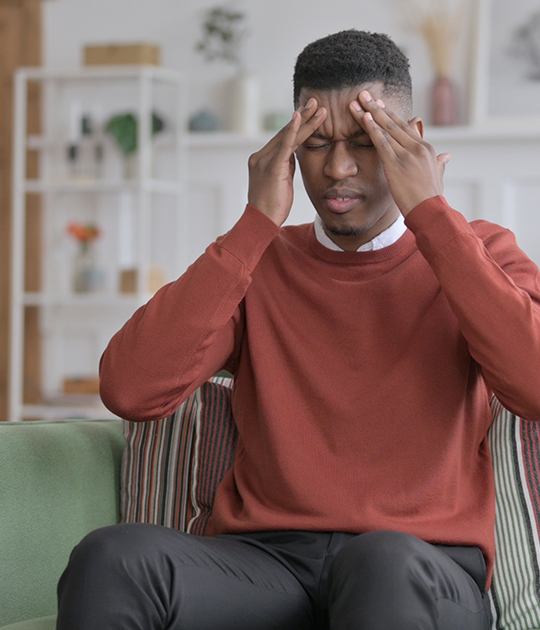

Headaches are one of the most common pain conditions in the world with the main symptom being a throbbing, constant, sharp or dull pain in the head or face. However, just because they are common does not mean they do not disrupt a person’s quality of life - especially if they are a regular occurrence or turn into migraines. For some individuals, a continuous battle with headaches could lead to anxiety and even depression.
Interestingly, there are over 150 different types of headaches which are divided into two main categories: primary and secondary headaches/
Primary headaches
Primary headaches are those that are not due to another medical condition. These include:


The pain you experience from a headache are the result of signals interacting among the brain, blood vessels and surrounding nerves. When you have a headache, an unknown mechanism activates specific nerves that affect muscles and blood vessels. These nerves send pain signals to the brain.
A migraine is a headache that causes severe throbbing or a pulsating sensation, usually on one side of the head. They are usually accompanied with nausea, vomiting, and extreme sensitivity to light and sound. They can last for hours or even days, and the pain could even interfere with daily activities.
There are four stages of migraines: prodrome, aura, attack, and post-drome, Not everyone will experience all of the stages as some people will start to experience a migraine quite rapidly.
This stage happens about one or two days before a migraine. You might pick up on subtle changes that might warn you of an oncoming migraine. These signs include:
An aura usually occurs before or during a migraine. They are reversible symptoms of the nervous system and are usually visual but can include other disturbances. Symptoms of a migraine aura will begin to build gradually over several minutes and can last as long as 60 minutes.
Examples of migraine auras include:
A migraine usually lasts for about 4 to 72 hours if left untreated. During a migraine, you might experience the following symptoms:
After a migraine, you may feel drained, confused or even washed out for about a day. Making sudden movements with your head may bring the pain back briefly. However, some people have reported feeling elated after an attack.
If you have a history of headaches and experience a change in the pattern or they start to feel different, you should see a doctor.
People who suffer from migraines are always advised to keep a record of the attacks and how you treated them so that if you need to see your doctor, they will be able to pick up on any recurring patterns.
If you have any of the following signs or symptoms, you should see a doctor or neurologist immediately as it could be an indication of a more serious condition:
